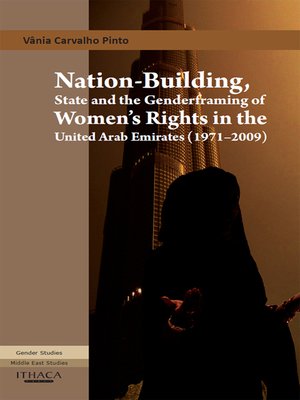Nation-Building, State and the Genderframing of Women's Rights in the United Arab Emirates
ebook
By Vania Carvalho Pinto

Sign up to save your library
With an OverDrive account, you can save your favorite libraries for at-a-glance information about availability. Find out more about OverDrive accounts.
Find this title in Libby, the library reading app by OverDrive.



Search for a digital library with this title
Title found at these libraries:
| Loading... |
The extensive changes to Emirati women's traditional rights and roles have been one of the most visible transformations taking place in the United Arab Emirates throughout its almost forty years of modern history. This book offers an interpretation of why and how these modifications came about. Its aim is to analyse the promotion of educational, employment and political rights for women as strategic state actions set within a context of broader nation-building goals. The author discovers that there is no direct or easy link between the state's 'offer of rights' for women, and society's acceptance of them. This is particularly so when proposed changes raise deep issues about honour and respectability, and are quite removed from dominant gender norms and accepted traditions. Given these circumstances, the mechanisms that induce women to actually take advantage of what is offered have not been given sufficient attention. The concept of 'genderframing' aims precisely at defining that 'connecting mechanism', and explaining the successes and failures of these policies both mobilization- and implementation-wise. Elaborating on the sociological method of examination known as 'framing', the term 'genderframing' refers to a dynamic and interactive process between the state and its population which entails the symbolic rework of meanings associated to women-related policies, and its subsequent presentation in novel ways. It is argued that such re-interpretation has been purposefully conducted by the Emirati State in order to portray the changing roles of women as necessary and desirable, for reasons associated to nation-building purposes, religious conformity, promotion of family values, and efforts at indigenous cultural preservation. By examining the creation, deployment and modifications to the Emirati genderframe, this book highlights the profound intertwining between gender, nation building, and domestic socio-political dynamics in a country that, while seeking to establish its modernizing credentials, is still struggling for self-definition and empowerment.






